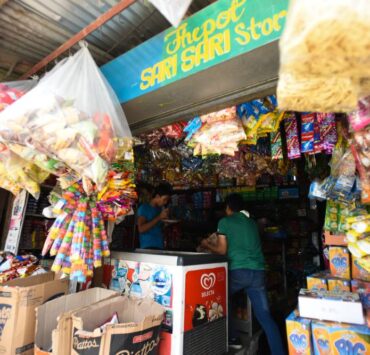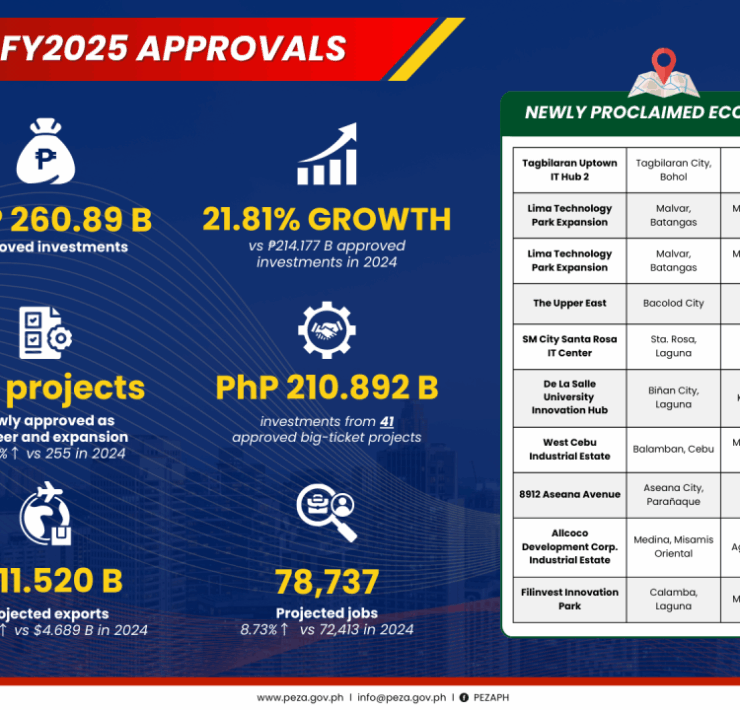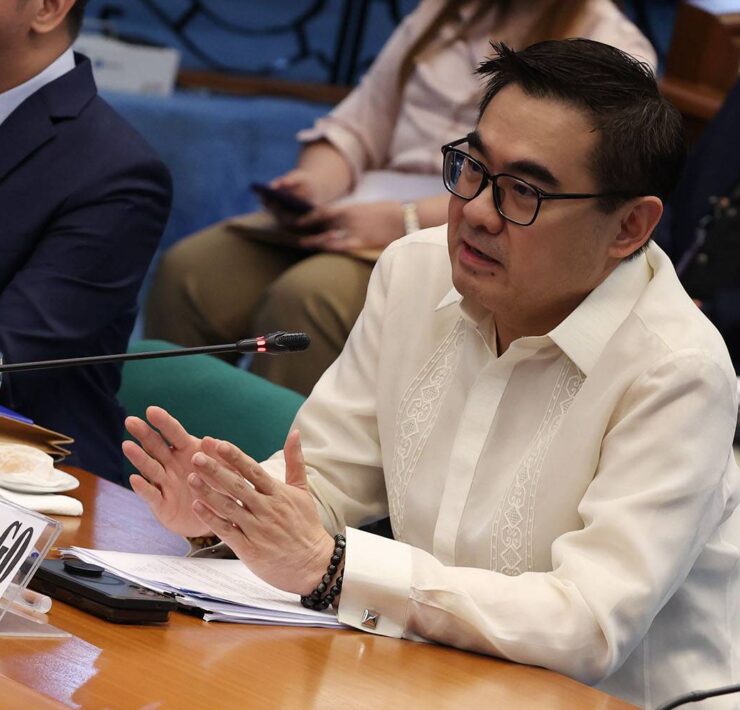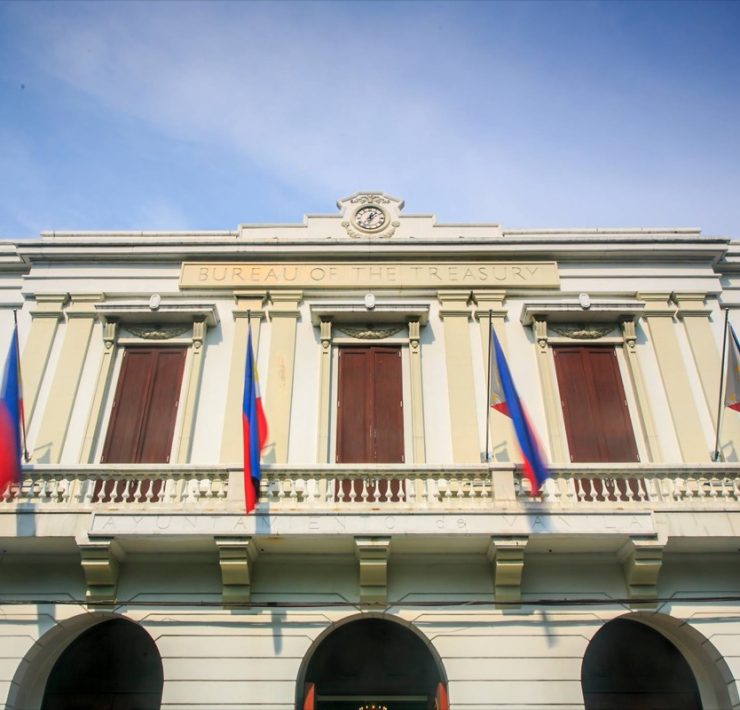Trump tariff kicks in, now what?
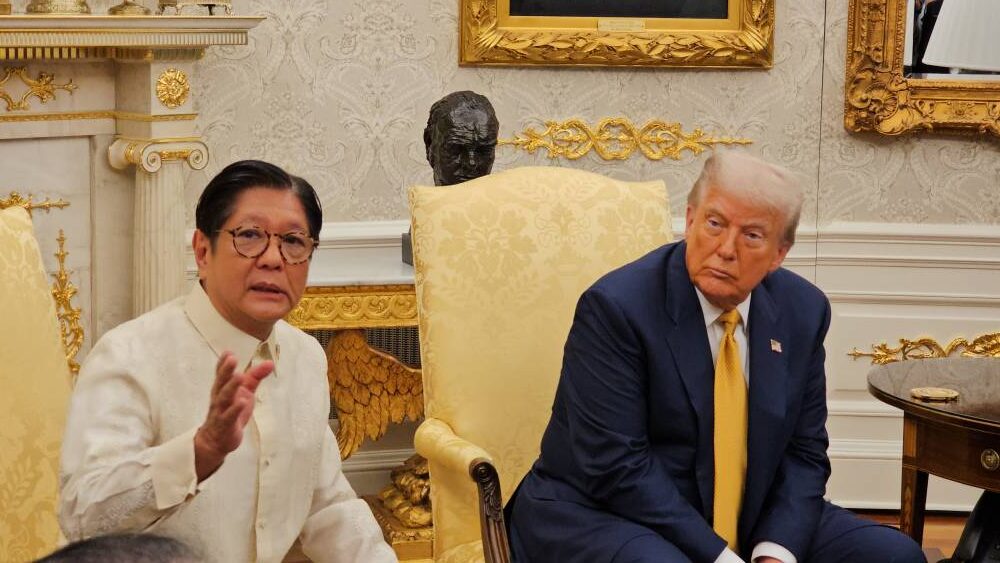
Starting Aug. 7, Philippine goods bound for the United States are levied a 19-percent headline tariff.
This is already the negotiated tariff rate, as President Marcos recently headed to Washington to discuss workarounds with US President Donald Trump, who originally imposed a 17-percent rate in April before raising it to 20 percent in July.
“One [percentage point reduction] might seem like a very small concession. However, when you put it in real terms, it is a significant achievement,” said Mr. Marcos, whom Trump called a “very tough negotiator.”
“When we arrived in Washington, tariff rates were 20 percent. So why they came up from 17 percent to 20 percent is an internal matter with the US government,” he told reporters after his meeting with Trump.
“We tried very hard to see what we can do and we managed a 1 [percentage point] decrease in tariff rates.”
Here’s what we know.
How will it impact the Philippines?
Currently, the United States accounts for 16.6 percent of the Philippines’ export market, translating to $73.27 billion in export sales.
This makes America the Philippines’ largest export destination, followed by Japan (14.1 percent), Hong Kong (13.2 percent) and China (12.9 percent).
This effectively reduces the cost of selling Philippine goods in the United States, especially electronics, which account for around half of total exports, according to analysts.
One said the 1-percentage-point reduction “translates to tens of millions in annual savings.”
However, Annette Pelkmans-Balaoing of the University of the Philippines Center for Integrative and Development Studies (UP CIDS) warned earlier this week that the impact “could be severe.”
Balaoing explained that the tariffs could lead to a trade loss of $2.2 billion, based on simulations using trade and tariff data.
Which goods will be affected?
Experts estimate that around 31 percent of Philippine goods exported to the United States will be subjected to the 19-percent tariff.
According to Balaoing, these include garments, tobacco and footwear: men’s cotton trousers, leather leather shoes, knitted shirts, unprocessed tobacco and cigarettes.
“These are highly competitive global markets where buyers are quick to shift to cheaper suppliers,” she said. “Even a modest price increase from tariffs can lead to lost orders and lost jobs.”
Joey Salceda, former lawmaker and Albay governor, said some $1.4-billion food products and vegetables (mango, banana, coconut, abaca) would also be dealt the biggest blow.
Electronics, wood, metals, fuels and chemicals are among those exempted from the headline tariffs, as these are already subject to preferential rates. Salceda said the 19-percent headline rate is “deceiving,” estimating that effective tariff rate after Mr. Marcos’ visit to Washington had gone down to 6.3 percent from 6.65 percent previously.
On Wednesday, Trump threatened to impose 100-percent tariff on semiconductors, but it was unclear when this would take effect, or which countries would be affected. Semiconductors are among the Philippines’ biggest exports.
What did the Philippines get from the negotiations?
Mr. Marcos had his first official meeting with Trump in July, during which time he and his team of negotiators bargained for a lower tariff.
While the Philippines was given a 19-percent rate, it also promised zero tariffs on automotive products headed to Manila from Washington.
Trump also confirmed via his Truth Social account that the Philippines and America “will work together militarily.”
US Defense Secretary Pete Hegseth earlier reaffirmed his country’s support for the Philippines in West Philippine Sea-related disputes, among others.
Salceda also noted that the Philippines got $21 billion in investment pledges, including infrastructure, green energy and health care.
For technical assistance, a total of $15 million will be invested in the Luzon Economic Corridor and $48 million in “additional foreign assistance.”
Regional unity
To navigate what would be a challenging environment for hundreds of countries, the Asean+3 Macroeconomic Research Office (Amro) highlights the importance of regional unity.
Amro pointed out that Asean+3 countries, or the 10 members of the Association of Southeast Asian Nations plus China, Japan and Korea, have demonstrated “remarkable resilience.”
While there are several factors that could slow down growth in the region, Amro said Asean+3 “needs to position itself as a pillar of stability and principled engagement by reaffirming its commitment to an open, transparent and rules-based multilateral trading system, even as others turn away from it.”















